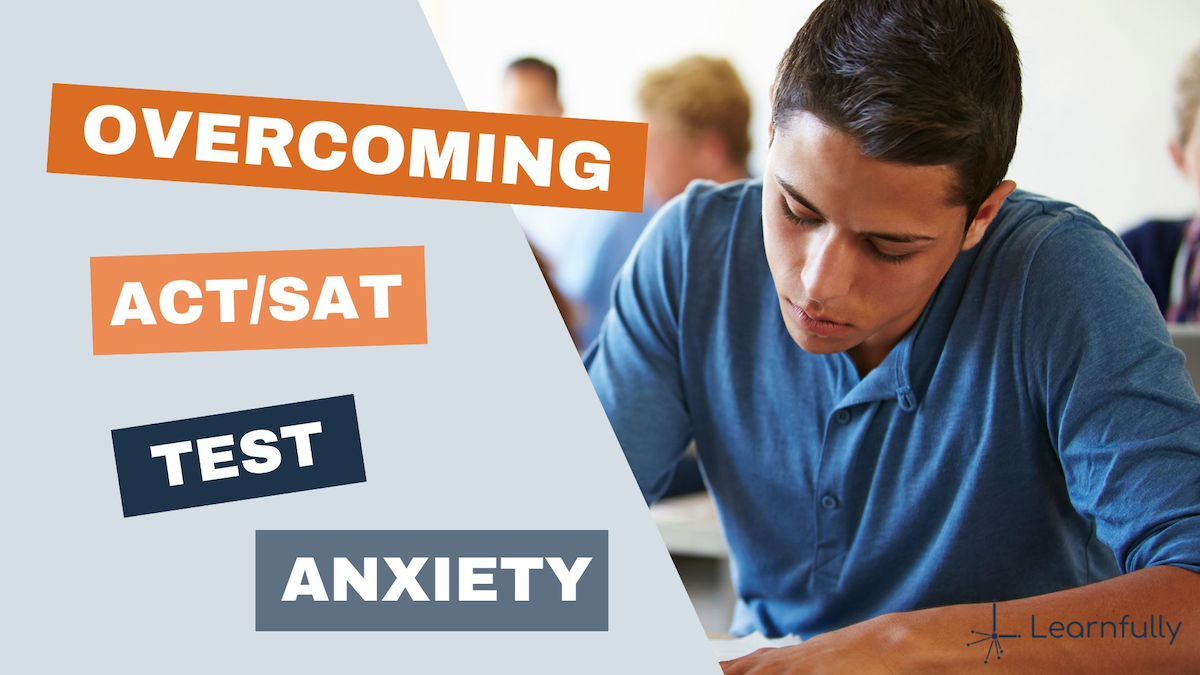Navigating the PSAT score report can feel like trying to decipher a foreign language. Whether you’re a parent trying to make sense of the numbers or a student wondering what it all means, understanding the PSAT is key to planning for the SAT and beyond. Let’s break it down step-by-step and figure out what all those scores, percentiles and details actually tell you.
If you’d rather watch than read, our webinar, Understanding Your Students PSAT Report can be viewed here:
What is the PSAT and why does it matter?
The PSAT, or Preliminary SAT, is essentially a practice test for the SAT. Instead of just being a preview, it also gives helpful insights into a student’s test-taking strengths and weaknesses. This test is not used for college admissions, but it does set the stage for actual SAT prep. For juniors, it determines their eligibility for the National Merit Scholarship Program.
However, it’s important to remember this: the PSAT doesn’t measure intelligence or predict future success. It simply checks how well your student performs on this specific standardized test at this place in time.
Breaking down the PSAT score report
Total score: What does it mean?
The total PSAT scores range from 640 to 1520 and combine two sections: Evidence-Based Reading and Writing (ERW) and Math. This composite score reflects how a student performed overall.
Alongside the total score, the report shows percentile rankings. These numbers compare your student’s performance to that of other test-takers. For example, a score in the 75th percentile means your student outperformed 75% of their peers.
Section scores
Your student’s performance is also split into two main sections:
- Evidence-Based Reading and Writing (ERW): Includes Reading and Writing subtests.
- Math: Covers a broad range of topics, from algebra to geometry.
Each section score ranges from 160 to 760. These scores help pinpoint whether your student leans stronger in verbal or math skills.
Understanding National Merit scores
If your student is a junior, their PSAT performance could qualify them for National Merit recognition. Here’s how it works:
- Top 1% of test-takers in each state become semifinalists.
- The cutoff selection index varies by state. For example, Wyoming’s cutoff might be 209 while New Jersey’s might be 223.
- The selection index formula: (2 × ERW score) + Math score, all divided by 10.
Quick Tip: National Merit is highly competitive, with less than 1% of students being named semifinalists. Even if your student doesn’t make the cut, there’s still value in the experience and feedback the PSAT provides.
Interpreting the score details
The PSAT score report offers more than just numbers. It’s like a roadmap, showing where your student excelled and where there is room to grow.
Skill area breakdowns
The PSAT evaluates specific skills within Reading, Writing, and Math:
- Reading and Writing: Focuses on reading comprehension, vocabulary, and written expression.
- Math: Tests algebra, geometry and problem-solving. Advanced math carries more weight than basic concepts like geometry and trigonometry.
Look at the skill breakdown on the report. Are there areas with low accuracy? That’s where your learner should focus their study time.
Key insights on test format
The PSAT’s adaptive format can surprise students. How does it work?
- Module 1: Questions range from easy, medium to difficult.
- Module 2: The difficulty adjusts based on performance in the first module.
Students who perform well in Module 1 move to a harder Module 2 questions which have a greater impact on total score potential. On the flip side, students who perform poorly on Module 1 will face easier Module 2 questions but those questions will count less and have a smaller impact on total score potential.
This setup rewards consistency. Students need to ACE the easy and medium questions on Module 1 in order to received the harder Module 2 questions that weigh more on the test. If your student aces the basics, they’ll unlock higher-scoring opportunities.
Should you care about percentiles or just scores?
Both scores and percentiles matter but they measure different things.
- A high score shows strong performance on the test itself.
- A high percentile compares your student’s skills to others nationwide.
However, don’t panic if the percentile feels lower than expected. The PSAT is designed to assess and curve scores. It’s less about hitting perfection and more about improving exam strategies.
The PSAT isn’t like a school test—and that is a good thing
Unlike classroom quizzes, the PSAT isn’t about rote learning. Instead, it’s a test of test-taking skills. Here’s why some students struggle at first:
- Limited time: Most students can’t answer every question.
- Tricky wording: Questions are designed to mislead or distract.
- Outdated material: Some math or reading concepts may feel unfamiliar if they are years removed from school lessons.
Success on the PSAT isn’t about intelligence—it’s about learning the rules of the game.
How the PSAT helps with the SAT
Think of the PSAT as a diagnostic tool. It highlights exactly where to focus SAT prep efforts. For instance:
- A low math score suggests brushing up on algebra or advanced math concepts.
- A low reading score means working on reading comprehension or vocabulary.
Use the PSAT feedback to create a tailored study plan.
Should you consider the ACT?
Some students might fare better on the ACT, which is structured differently:
- Four sections (English, Math, Reading, and Science) vs. the SAT’s two (Verbal and Math).
- More straightforward questions but faster pacing.
- Science section involves reading charts and graphs, not actual science knowledge.
Students with strong verbal skills often shine on the ACT, as it’s 75% verbal compared to the SAT’s 50%.
Choosing between the PSAT and ACT
If the PSAT reveals:
- Strong verbal skills, consider the ACT.
- Stronger math performance, the SAT might be a better fit.
To confirm this choice, a hybrid diagnostic test combining SAT and ACT sections can pinpoint your student’s ideal fit.
When should you start prep?
The best time to start test prep is after finishing Algebra 2. For most students, this means the summer before junior year.
Establish a timeline that includes at least two official test dates. Testing twice increases your chances of boosting scores through superscoring, where colleges combine your best section scores across test dates.
Final thoughts
The PSAT score report isn’t just a snapshot—it’s a tool. Use it to guide study priorities, decide on a testing plan and build confidence for future exams.
Once your student learns the “rules” of standardized testing, their scores will improve. The key isn’t perfection—it’s progress.
Want more help decoding test prep strategies? Reach out to Learnfully for guidance! Our test prep pros are specifically trained to work with neurodivergent students to help them maximize their test-taking abilities.











